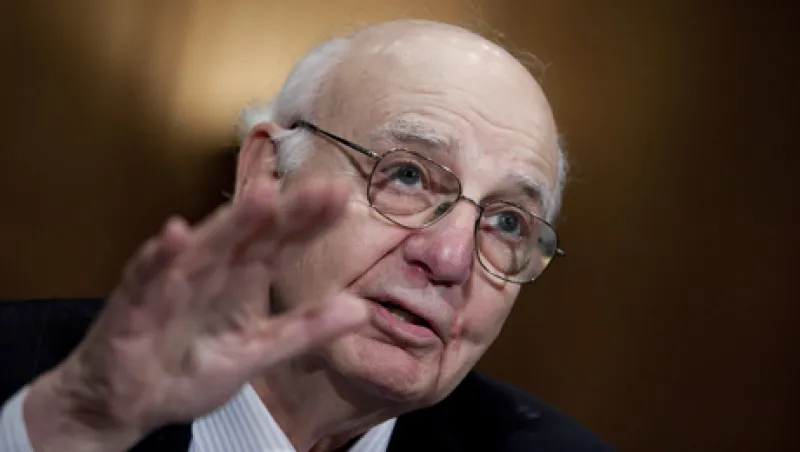A newly released study by Greenwich Associates of Stamford, Connecticut, confirms anecdotal reports that hedge funds are filling the gap left by banks that regulators have forced out of proprietary trading.
The study found that as banks’ share of overall trading volume in fixed-income products declined for the 12 months ending with the second quarter of 2012, hedge funds’ share rose almost in perfect sync. Banks’ share dropped from 24 percent to 17 percent, while hedge funds’ share rose to 24 percent from 18 percent, according to Greenwich.
In U.S. government bonds — one of the most active segments over the last year, with a 30 percent rise in trading volume — hedge funds accounted for 24 percent of volume, up from 13 percent a year earlier. The study said that was a good example of “the increasing importance of hedge funds as drivers of trading activity in specific U.S. fixed-income products.”
“While many factors contributed to the shift in bank representation, the shuttering of bank prop trading desks certainly played a role in depressing [bank] volumes,” the report said. “Many traders and even full prop desks once housed inside big banks have decamped and are now operating in the hedge fund space,” it said, predicting that tighter regulation in the banking industry “will push more and more activity into the more lightly regulated hedge fund industry.” The result, it said, was that “hedge funds will continue to increase their influence in U.S. fixed-income markets.”
The Greenwich study surveyed 1,085 U.S. institutional investors active in fixed income, including 307 hedge funds, and spanned 18 products including more esoteric categories such as high-yield credit derivatives, interest rate derivatives, structured credit and emerging-markets bonds.
When all trading partners are counted — including insurance companies, government agencies, funds/advisers and the mysterious “others” (representing a 2 percent share) as well as banks and hedge funds — fixed-income trading rose by 20 percent year-over-year, from $26.1 trillion in 2011 to $30.2 trillion in 2012.
The biggest increase was in distressed debt, which climbed by 57 percent, followed by emerging-markets debt, up by 54 percent. Government bonds were in fourth place with the 30 percent increase, but interest rate derivatives were close behind, at 29 percent. High-yield credit and agency securities were both up by 23 percent.
The study attributed the rise in trading volumes in those categories to investors seeking higher yields.
The only major category that registered a decline in trading volume was investment-grade credit, down 6 percent. “Unattractive returns moderated investor enthusiasm,” the study said.






